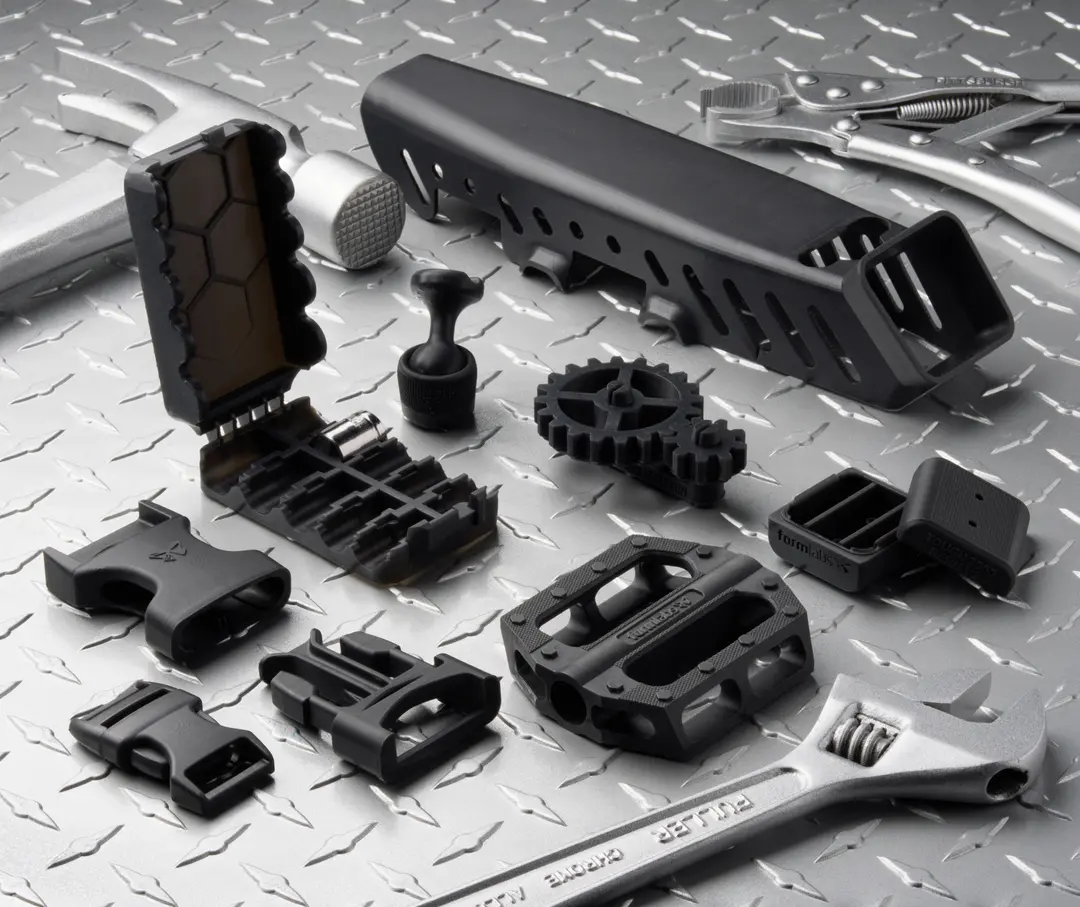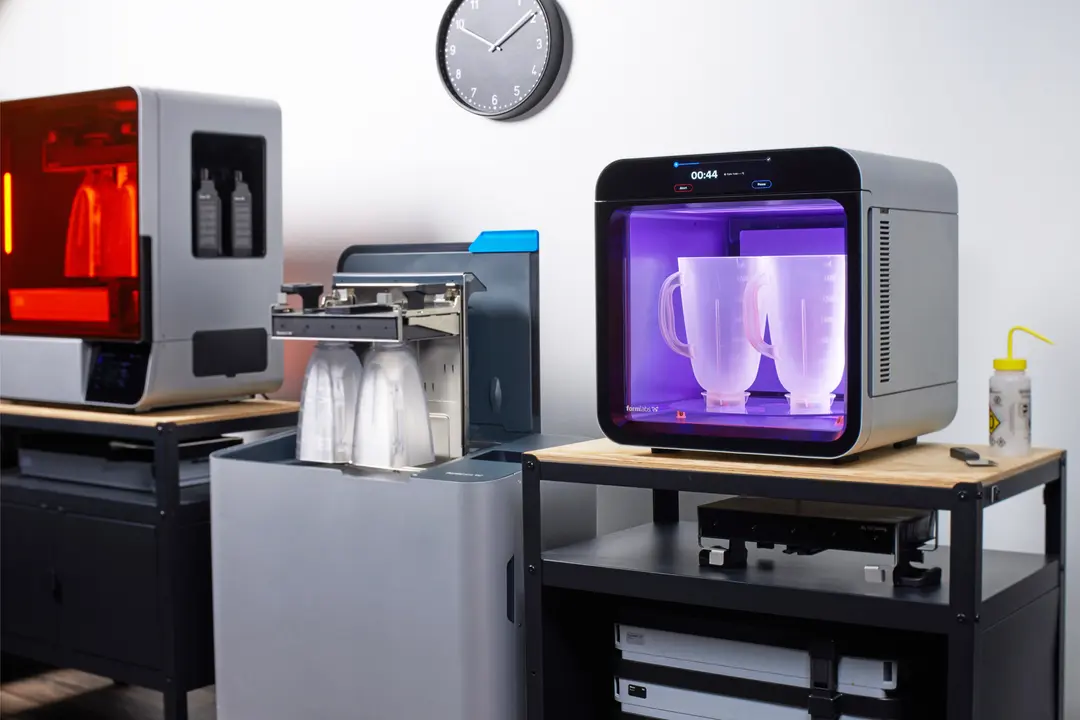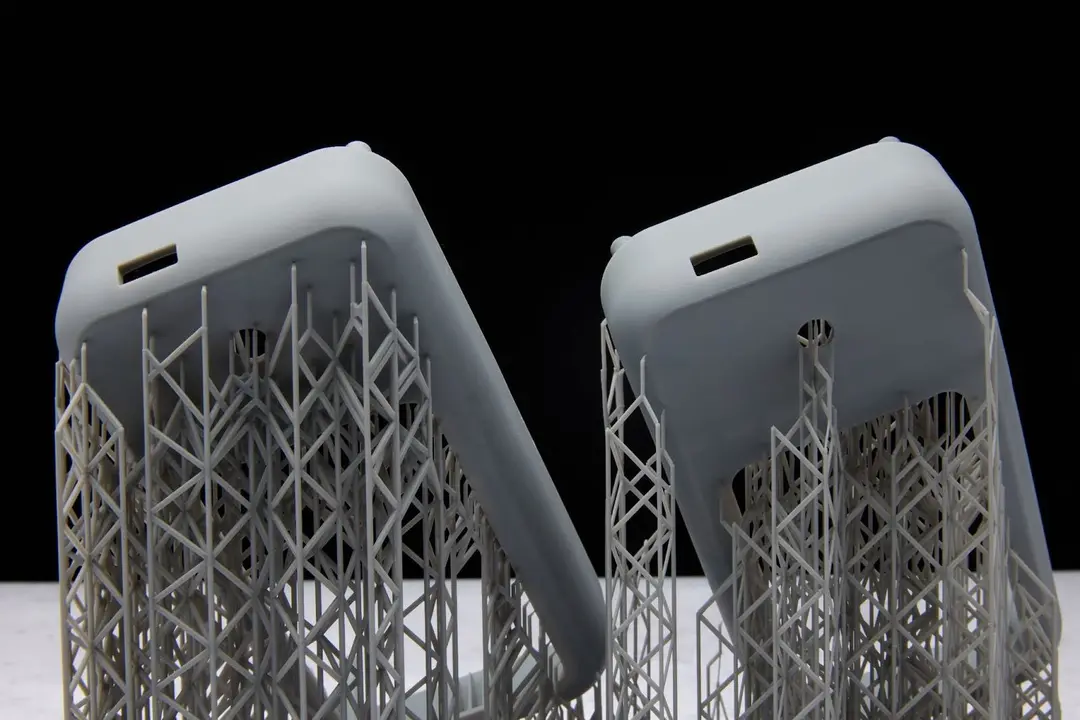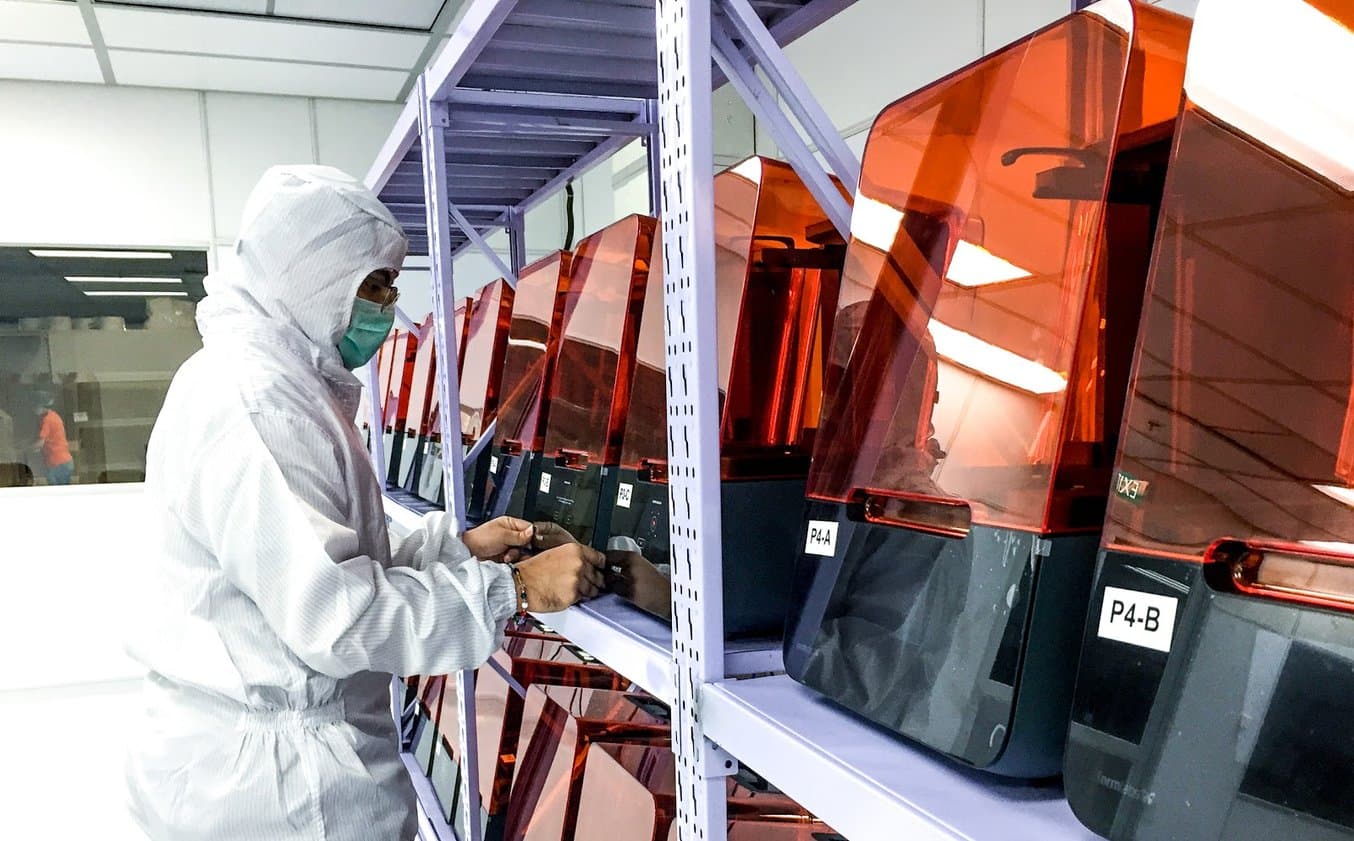
As COVID-19 spread globally, test swab shortages impacted healthcare systems around the world. In Singapore, a healthcare consortium led by Dr. Ho Chaw Sing went to work to develop their own test swab design. Dr. Ho Chaw Sing, the managing director of the National Additive Manufacturing Innovation Cluster (NAMIC), called for the support of Formlabs and our distribution partner Eye-2-Eye Communications as they needed to quickly develop a clinically validated, cost-effective 3D printed nasopharyngeal (NP) swab to combat imminent supply chain shortages.
Read on to learn how Eye-2-Eye ramped swab production to over 30,000 swabs per day, and what they’re embarking on next.
Eye-2-Eye Pivots Production With 3D Printing
'We are extremely proud to be helping in the global fight against COVID-19. NP swabs enable testing, which is a critical element in controlling the pandemic, and Project Python will provide Singapore with significant domestic production capabilities of these swabs. We have now helped establish swab manufacturing facilities in several countries around the world, which is a testament to the agility and distributed manufacturing capabilities 3D printing can offer.”
Formlabs CEO Max Lobovsky
Eye-2-Eye is a major technology distributor serving Southeast Asian markets with a particular focus on the Medical & Dental industry, helping clients invest in digital solutions. One of the longest serving Formlabs distributors in Asia, Eye-2-Eye has long helped clients find the right 3D printing solution.
In April the National Additive Manufacturing Innovation Cluster (NAMIC) led by Dr. Ho Chaw Sing alongside teams from National University of Singapore (NUS), and the National University Hospital (NUH), brought together an industry consortium of various industry experts and called upon the support of Eye-2-Eye and Formlabs.
Multiple divisions at NUS and NUH worked to rapidly develop and test over 30 swab prototypes. After rigorous testing, the Python Swab demonstrated comparable accuracy, performance, and comfort, with no significant performance difference compared to a non-3D printed swab. Following successful clinical trials, the Python was chosen for mass production. Due to the versatility and precision of the Form 3B, the NUS team operated with minimal design restraints, producing an accurate, delicate geometry at scale.
In less than two weeks, the team at Eye-2-Eye went from an empty room to full-scale production in a ISO 13485 certified facility, powered by a team of over 50 employees working seven days per week. After the swabs have been post-processed using Form Wash and Form Cure, each individual swab undergoes a quality inspection. Scaling the number printers was easier than expected due to the intuitive nature of the printers, and the entire production process, from printing to sterilization and packaging, was done in-house. Once the swab meets the criteria, they are individually packaged and then taken off to be sterilized using Ethylene Oxide Gas system.
The swabs are being printed using Surgical Guide Resin. Our team of materials engineers developed this resin specifically for Formlabs printers. It’s one of our biocompatible materials that meets Class I requirements and is CE certified, and is typically used in medical applications involving short-term skin or mucosal membrane contact that require high dimensional accuracy, stiffness, and strength. Surgical Guide Resin has been rigorously tested with autoclaves, solvents, and implant systems.
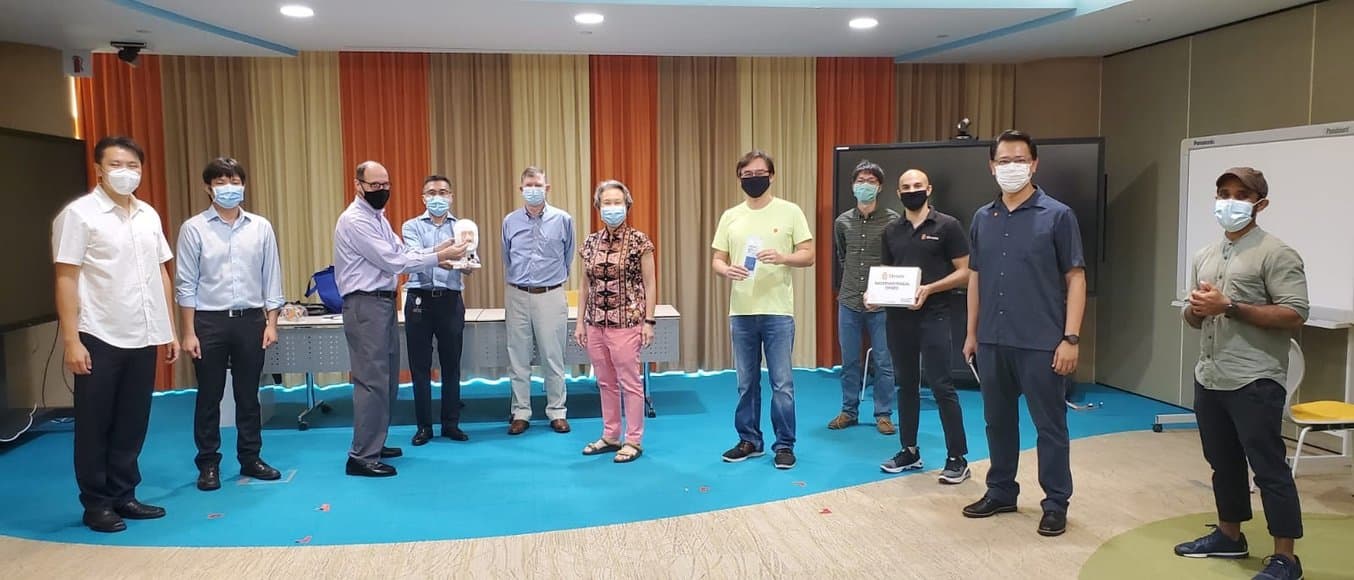
“It felt like the world was ending. The need to come up with a cost-effective working solution was pressing, and the speed at which we had to do everything was a huge challenge.”
Dr. Ho Chaw Sing
A Major Success Story: 30,000 Swabs Per Day
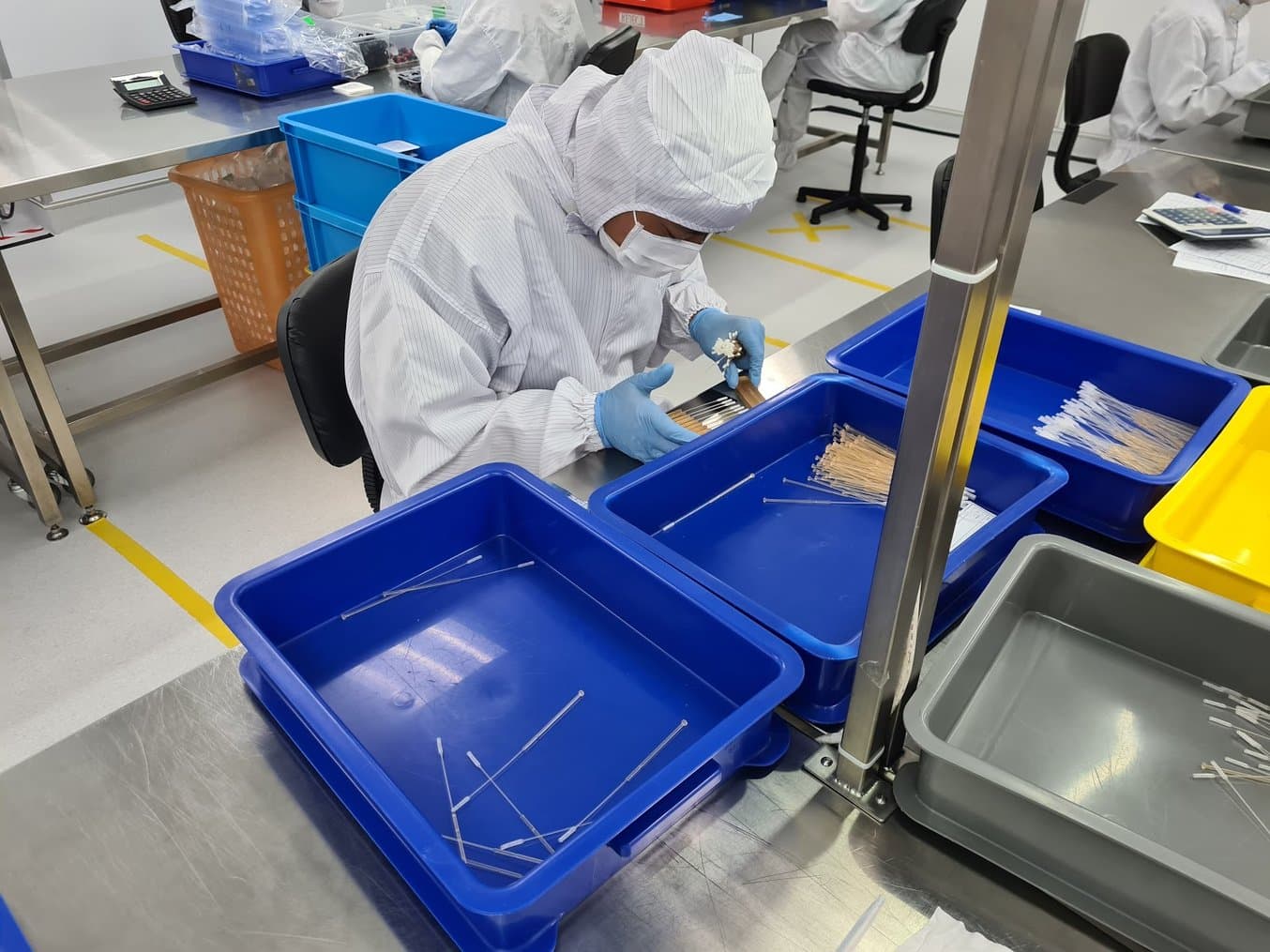
In less than two months, the team had designed, tested, validated, and mass produced a swab. Eye-to-Eye, ramped production to 30,000 Python swabs a day with a fleet of Form 3B printers, and as of today they have printed over three million swabs and counting. Their goal is to produce more than four million swabs before the end of November 2020.
“We are proud to play a part in Singapore’s efforts to help combat COVID-19,” said Miles Podmore, Chief Executive Officer of Eye-2-Eye Communications. “It has not only been an excellent opportunity to showcase the advantages of 3D printing for rapid design and development but it has also shown Formlabs effectiveness in being able to mass produce products in very short timeframes. Also, as we see spikes in cases across the globe it is reassuring to know we can scale our production relatively easily to meet demand if required.”
Chief Executive Officer of Eye-2-Eye Communications Miles Podmore
What’s Next for Eye-2-Eye and 3D Print
Eye-to-Eye is keeping close tabs on COVID-19, ready to print millions of more swabs to address future supply chain shortages. But the company is also looking to the future, and what’s next for their 3D printing fleet.
Miles Podmore sees a major opportunity for Eye-2-Eye to pivot to dental models for aligner production. In the coming weeks Eye-2-Eye will be able to produce aligners, along with removable die models, biocompatible surgical guides, splint, and other indications for any dental lab or practice who are looking to outsource production. The clear aligner and retainer market is now a mature and rapidly growing field in orthodontics; the most recent technological advancements in CAD software and 3D printing allow any lab or practice to add this valuable service with little initial investment and produce aligners and retainers in-house. For those still learning about 3D printed aligners, providers like Eye-2-Eye offer perfect partners to explore and grow.
Quickly expanding 3D printing operations like Eye-2-Eye is no easy feat. For businesses looking to rapidly scale 3D printing production, Formlabs created Factory Solutions. Formlabs Factory Solutions is a comprehensive and customized package for manufacturers that includes 3D printing hardware, software, and materials. Formlabs has worked with businesses such as Eye-2-Eye to make their manufacturing process more efficient and achieve their business objectives with 3D printing.
